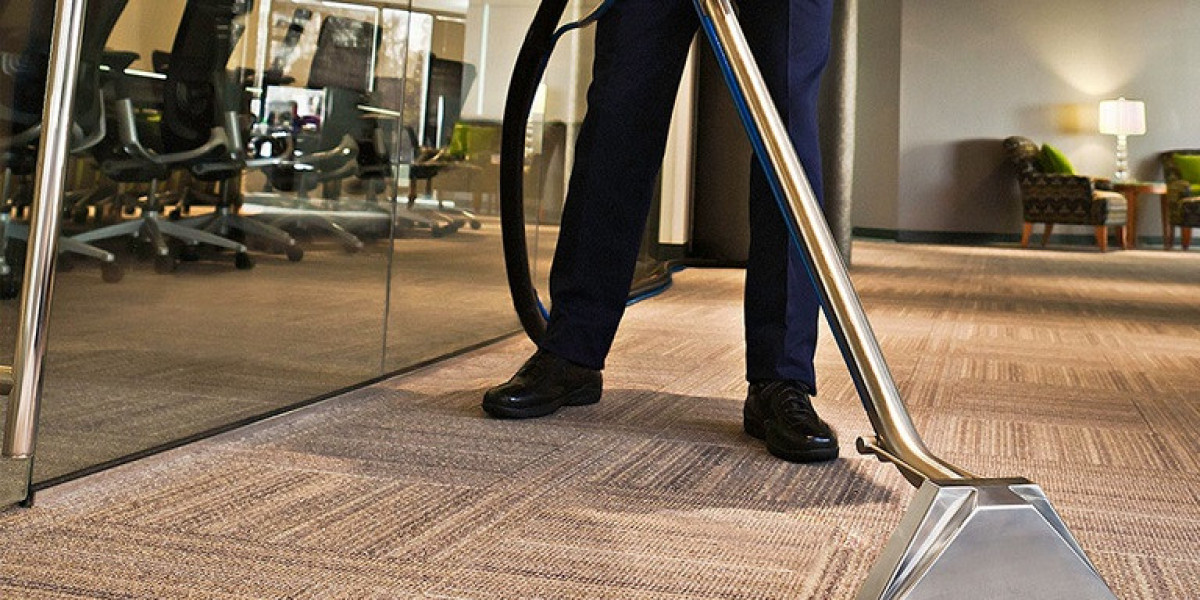Home Medical Equipment: Empowering Patients Beyond Hospital Walls
May 2025 – HealthTech Bulletin — As healthcare shifts toward patient-centered models and chronic illness management at home, Home Medical Equipment (HME) is becoming a cornerstone of modern care. From oxygen concentrators to mobility aids and remote monitoring systems, these devices allow patients to receive treatment and maintain independence without frequent hospital visits.
The global demand for HME is growing rapidly, driven by an aging population, rising chronic disease prevalence, and a surge in post-acute care delivered at home.
What Is Home Medical Equipment?
Home Medical Equipment refers to a wide range of medical devices and supplies used in the patient’s home to support recovery, manage health conditions, or provide long-term care. HME typically falls under categories such as:
Durable Medical Equipment (DME) – includes wheelchairs, hospital beds, and walkers
Respiratory Devices – like CPAP machines, nebulizers, and oxygen systems
Monitoring Equipment – such as blood pressure monitors and glucose meters
Mobility Aids – including scooters, lift chairs, and transfer equipment
Daily Living Aids – such as grab bars, commodes, and adjustable furniture
These products are often prescribed by healthcare providers and may be partially or fully covered by insurance, including Medicare or Medicaid.
Why the Shift Toward Home Care?
Several healthcare trends are fueling HME adoption:
Aging population: By 2030, nearly 1 in 5 Americans will be over 65, many managing chronic conditions like COPD, diabetes, and arthritis.
Hospital discharge policies: Patients are being released earlier to free up acute care beds.
Cost containment: Home care is significantly more affordable than inpatient care.
COVID-19 impact: The pandemic accelerated telehealth and remote care innovations, many of which rely on HME for implementation.
Popular Categories of Home Medical Equipment
Respiratory Therapy Equipment
Oxygen concentrators and CPAP machines for conditions like sleep apnea and chronic lung disease.
Mobility and Rehabilitation Devices
Walkers, crutches, canes, and powered wheelchairs enhance mobility and safety.
Patient Monitoring Systems
Devices that track vitals, glucose levels, or heart rhythms — often connected to mobile apps or cloud platforms for physician oversight.
Hospital Beds and Accessories
Adjustable beds, side rails, and specialized mattresses for home-based long-term care or palliative support.
Bathroom and Personal Safety Equipment
Shower chairs, toilet risers, and grab bars reduce fall risk and support independence.
Integration with Telehealth and Smart Technologies
Modern HME increasingly features Bluetooth and Wi-Fi capabilities, enabling real-time data sharing with care teams. This allows:
Remote adjustments to treatment plans
Early detection of health declines
Enhanced adherence to therapy (e.g., CPAP usage tracking)
Tech-enabled HME is particularly crucial for managing chronic diseases, such as hypertension, diabetes, and heart failure.
Challenges in the HME Sector
Despite its benefits, the HME market faces a few hurdles:
Insurance coverage limitations and reimbursement complexities
Equipment maintenance and training for patients and caregivers
Regulatory compliance around device safety, hygiene, and privacy
Additionally, access to high-quality HME can vary based on geographic location and socioeconomic status.
The Business of Home Medical Equipment
The U.S. HME market is supported by a network of:
DME suppliers and distributors
Home health agencies
Pharmacies with HME offerings
eCommerce platforms that allow direct-to-consumer sales of certain products
The market is expected to surpass $60 billion globally by 2030, as home-based healthcare continues to expand.
Conclusion
Home medical equipment plays a pivotal role in bringing healthcare closer to where patients want to be — their homes. As the industry advances with smarter, more user-friendly technologies, HME will continue to bridge the gap between hospital care and home independence, improving outcomes and quality of life for millions.








